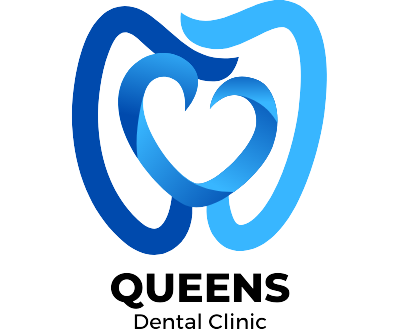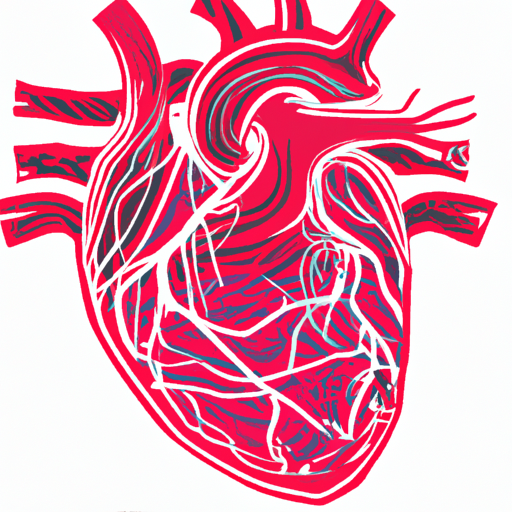Cardiac ischemia, a condition characterized by reduced blood flow to the heart muscle, is a significant health concern affecting millions of people worldwide. This article aims to provide a comprehensive understanding of cardiac ischemia, exploring its causes, symptoms, and diagnosis. Additionally, it will delve into the effective treatment approaches available, including innovative and emerging options. Finally, the article will shed light on the importance of preventive measures, such as lifestyle changes and identifying risk factors associated with cardiac ischemia. By delving into these crucial aspects, this article seeks to equip readers with the knowledge necessary to recognize, treat, and prevent this potentially life-threatening condition.
You can find out more about this theme here: https://bbgate.com/tags/a-pvp/.
1. Understanding Cardiac Ischemia: Causes, Symptoms, and Diagnosis
Cardiac ischemia, also known as myocardial ischemia, is a condition that occurs when there is a reduced blood flow to the heart muscle. This inadequate blood supply often results from a partial or complete blockage of the coronary arteries, which are responsible for supplying oxygen-rich blood to the heart.
The primary cause of cardiac ischemia is atherosclerosis, a condition characterized by the buildup of plaque within the arteries. This plaque is made up of fatty deposits, cholesterol, and other substances, which can gradually narrow the arteries and restrict blood flow to the heart. Other factors that contribute to the development of cardiac ischemia include high blood pressure, smoking, diabetes, obesity, and a sedentary lifestyle.
Symptoms of cardiac ischemia can vary from person to person. Some individuals may experience angina, which is characterized by chest pain or discomfort. This pain may radiate to the arms, shoulders, neck, jaw, or back. Others may experience shortness of breath, fatigue, dizziness, nausea, or a rapid heartbeat. In some cases, cardiac ischemia can be asymptomatic, making it challenging to detect without medical intervention.
To diagnose cardiac ischemia, various tests may be conducted. The most common method is an electrocardiogram (ECG), which measures the electrical activity of the heart. Changes in the ECG pattern can indicate insufficient blood flow to the heart. Additionally, a stress test may be performed to evaluate the heart’s response to physical exertion. This test can help identify abnormalities in blood flow during exercise.
2. Effective Treatment Approaches for Cardiac Ischemia: Exploring Options and Innovations
Cardiac ischemia, often referred to as coronary artery disease, is a condition that occurs when the heart muscle does not receive enough blood flow and oxygen due to narrowed or blocked coronary arteries. This lack of blood supply can lead to chest pain, known as angina, and in severe cases, it can cause a heart attack.
When it comes to treating cardiac ischemia, the primary goal is to restore blood flow to the affected areas of the heart and prevent further damage. There are several effective treatment approaches available that can help manage the symptoms, improve heart function, and reduce the risk of complications.
1. Medications: Medications are commonly prescribed to manage cardiac ischemia. Nitroglycerin is often used to relieve chest pain by relaxing and widening the coronary arteries, allowing more blood flow to the heart. Antiplatelet drugs, such as aspirin or clopidogrel, help prevent blood clots from forming and reduce the risk of heart attack. Beta-blockers and calcium channel blockers may also be prescribed to control blood pressure and heart rate, improving oxygen supply to the heart.
2. Lifestyle modifications: Making certain lifestyle changes is crucial in managing cardiac ischemia. Quitting smoking, adopting a healthy diet low in saturated fats and cholesterol, engaging in regular physical activity, and maintaining a healthy weight are essential steps in reducing the risk of further progression of the disease. These modifications also help control other risk factors such as hypertension, diabetes, and high blood cholesterol levels.
3. Preventing Cardiac Ischemia: Lifestyle Changes and Risk Factors to Consider
Preventing Cardiac Ischemia: Lifestyle Changes and Risk Factors to Consider
Cardiac ischemia, a condition characterized by reduced blood flow to the heart muscle, is a serious health concern that can lead to heart attacks and other cardiovascular complications. While medical advancements have improved the diagnosis and treatment of cardiac ischemia, prevention remains crucial in mitigating the risks associated with this condition. By making certain lifestyle changes and considering various risk factors, individuals can significantly reduce their chances of developing cardiac ischemia.
One of the primary risk factors for cardiac ischemia is an unhealthy lifestyle. Sedentary behavior, poor dietary choices, smoking, excessive alcohol consumption, and stress all contribute to the development of cardiovascular diseases. Therefore, adopting a healthier lifestyle becomes imperative in preventing cardiac ischemia. Regular physical activity, such as brisk walking, jogging, or cycling, helps maintain a healthy weight, lowers blood pressure, and improves overall cardiovascular health. Engaging in at least 150 minutes of moderate-intensity exercise per week is recommended by health professionals.
Dietary modifications are also critical in reducing the risk of cardiac ischemia. A heart-healthy diet should include a variety of fruits, vegetables, whole grains, lean proteins, and healthy fats. Limiting the intake of saturated and trans fats, cholesterol, sodium, and added sugars is essential. Incorporating omega-3 fatty acids, found in fatty fish like salmon and tuna, can have a positive impact on heart health. Additionally, consuming alcohol in moderation and avoiding tobacco products are crucial steps in preventing cardiac ischemia.


